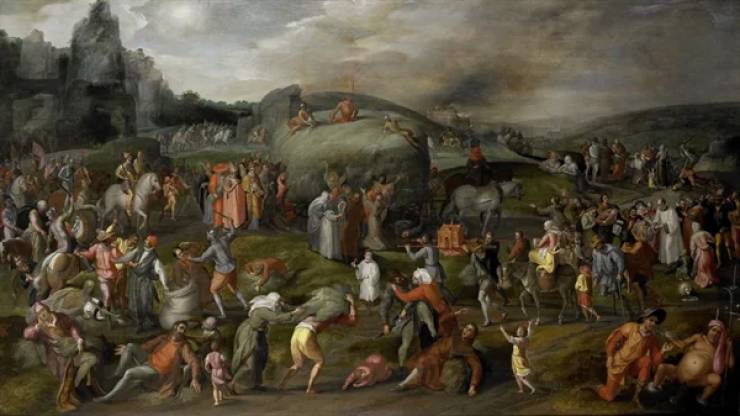
Because of the fact that many marriages were solely political, something known as “courtly love” was introduced. This was a system that allowed married royals to legally “show affection” to their crushes and remain married.
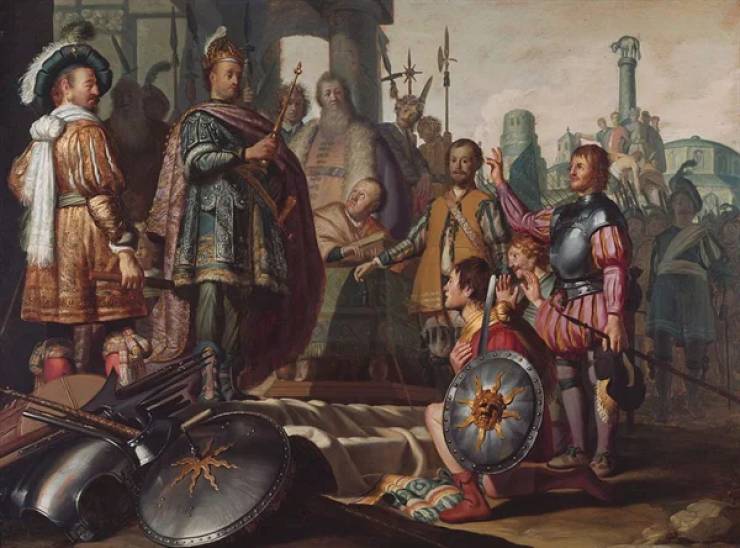
The Middles Ages were a curious time for Germans, who were able to resolve spousal disputes via combat. That’s right, married couples could fight in a ring to legally settle disputes.
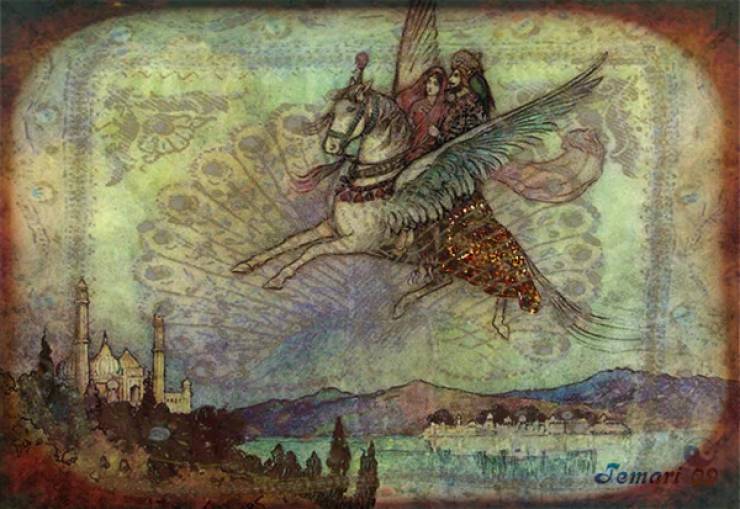
Animals were held to the same judicial process as humans. If an animal broke the law, it was given a trial, a verdict, and potentially a consequence.
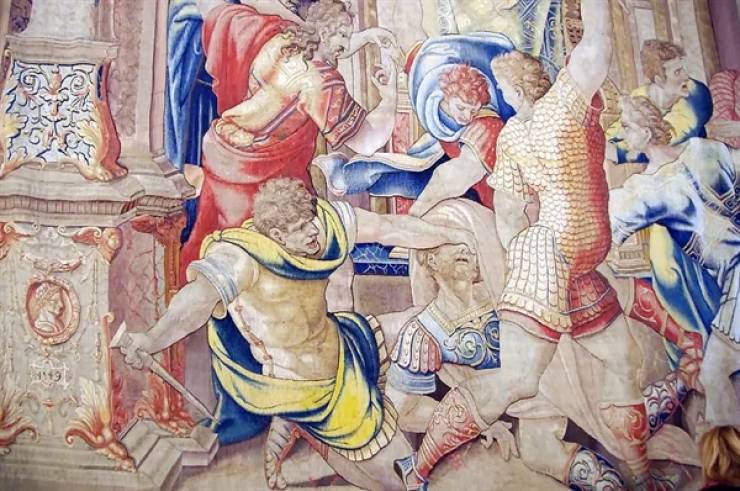
Just like today, many people wear fancy clothes in an attempt to flaunt their wealth. In the Middle Ages, pointy shoes were a great sign of wealth- the longer the better. In fact, the lengthiest shoes were stuffed with whalebones on order to keep their shape.
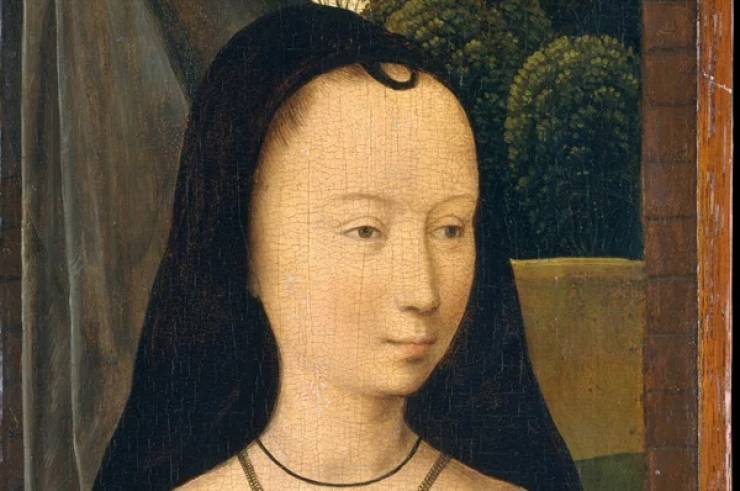
Women in the Middle Ages saw their foreheads as their central feature. So, in an attempt to accentuate this, they often plucked their eye brows off, their eyelashes off, and shaved their hairlines back.

Once the ‘no eyebrows’ trend died down, some women were left without eyebrows growing back anymore. A popular solution was to use rodent fur as a replacement.
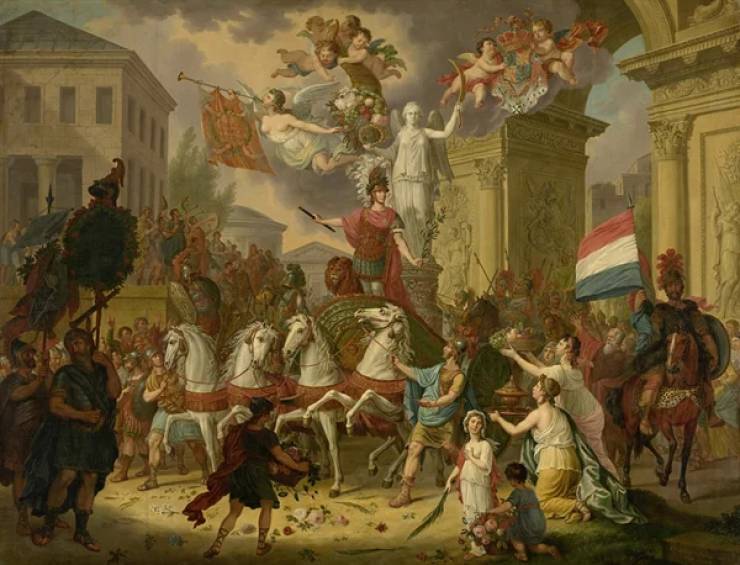
Towns and Cities of the Middle Ages often participated in “Shrovetide football” which had no player limit and often ended in mass riots and fights.
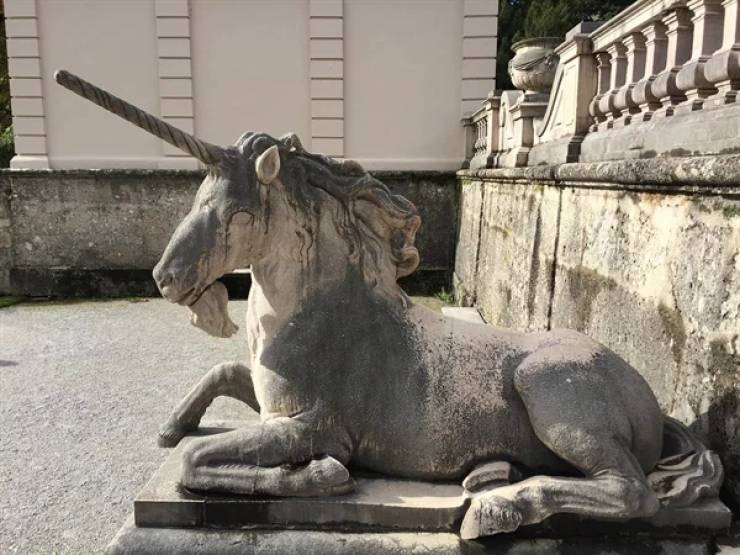
Thanks to a mistranslation of the bible during the Middle Ages, Jesus was compared to a unicorn rather than an ox. After this, unicorns found their way into a ton of Medieval Art and literature.
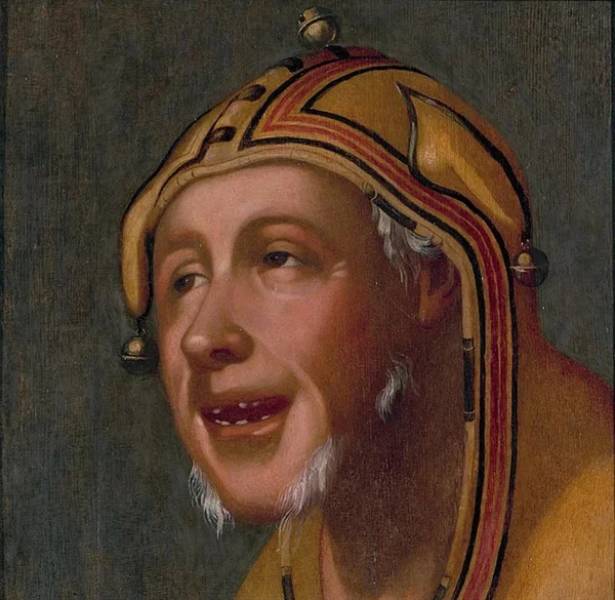
Jesters were given full permission to say literally anything they wanted because it was deemed to be ‘in jest.’ Some jesters would give their very real and honest political opinions to royal audiences and got away with it scratch-free.
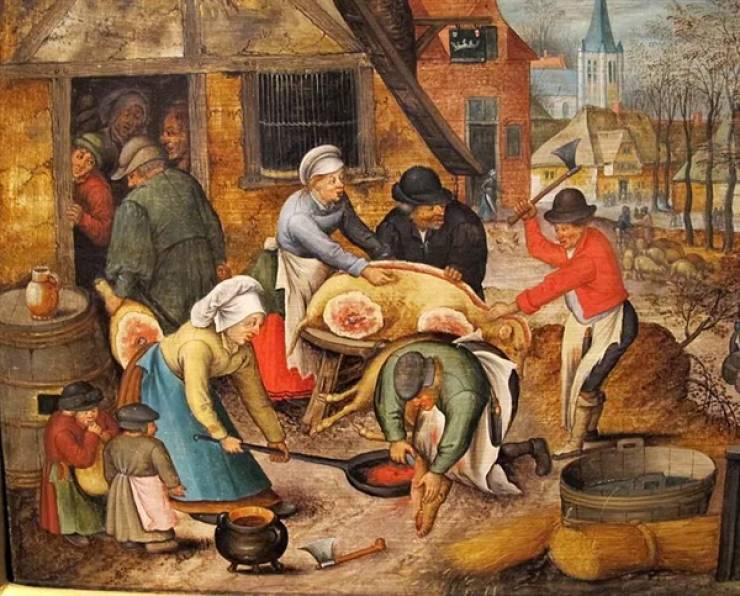
Chefs of the Middle Ages loved to experiment with their food. Helmeted cock, for example, was a roasted pig that was cooked with a large chicken sewn onto it’s head.

One odd tradition that took place up until the Protestant reformation was ‘The Festival of the Ass.’ What happened? A girl would ride into church on a donkey, and the church-goers would end their prayers with donkey noises.
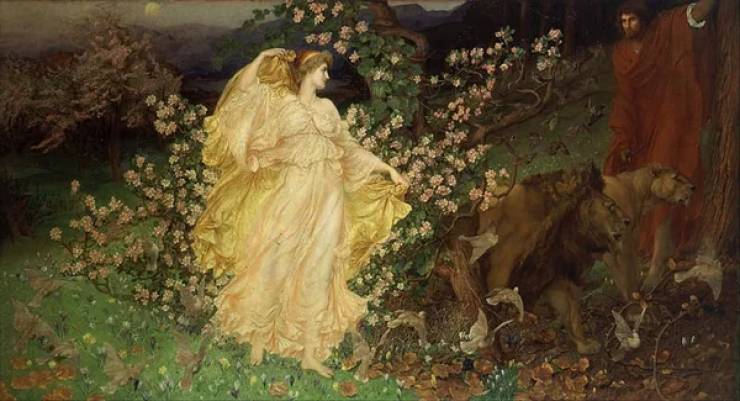
Blonde women who would want to go brunette would often soak their hair in a mixture of nuts and roots for two days before washing the mixture away.
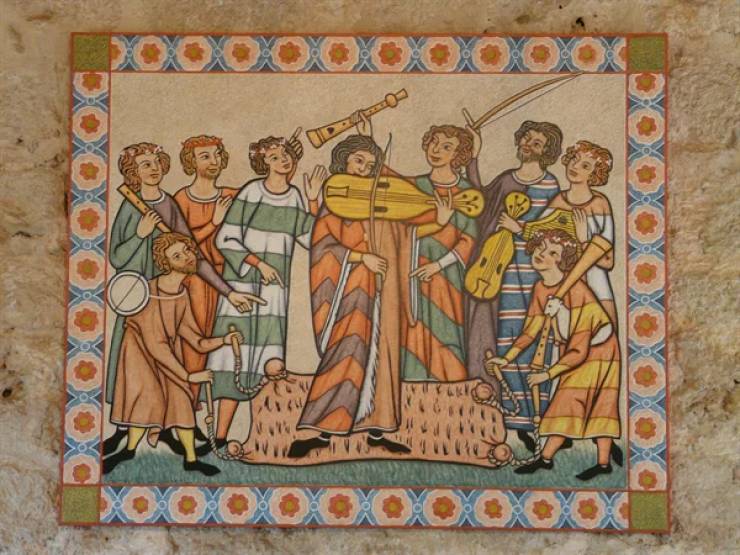
Moles and birthmarks were seen as signs of witchcraft, so many women tried to either hide or get rid of these marks through various ointments.
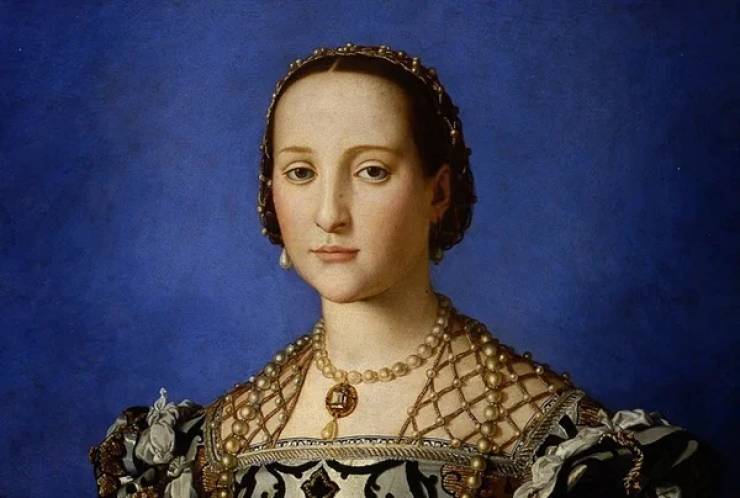
Being pale was very ‘in’ during the Middle Ages. Some women would even go as far as drawing blue veins onto their chest in an attempt to look more ‘translucent.’
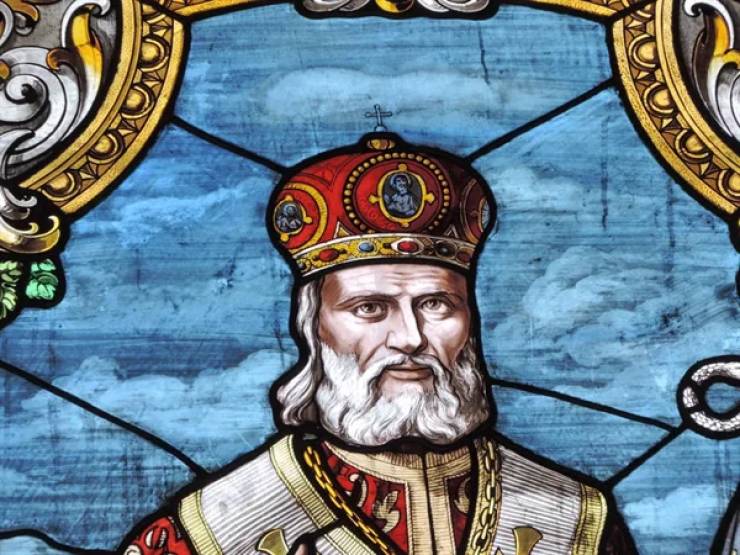
The King’s Evil was a type of TB that ravaged Europe for a while. For some reason, everyone thought that the cure was to touch the hand of a royal.
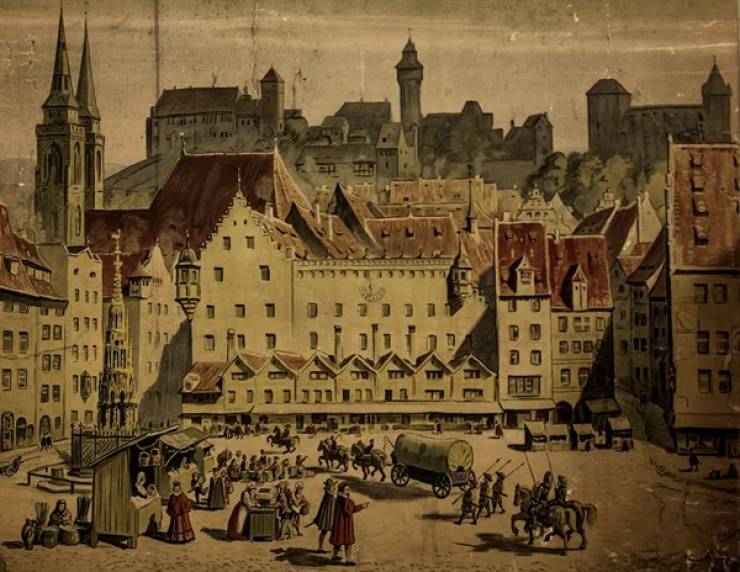
For some reason, cemeteries were very popular places to party in the Middle Ages. events like elections, public trials, theatrical groups, and even sex workers could be found at the local cemetery.
 Barnorama All Fun In The Barn
Barnorama All Fun In The Barn